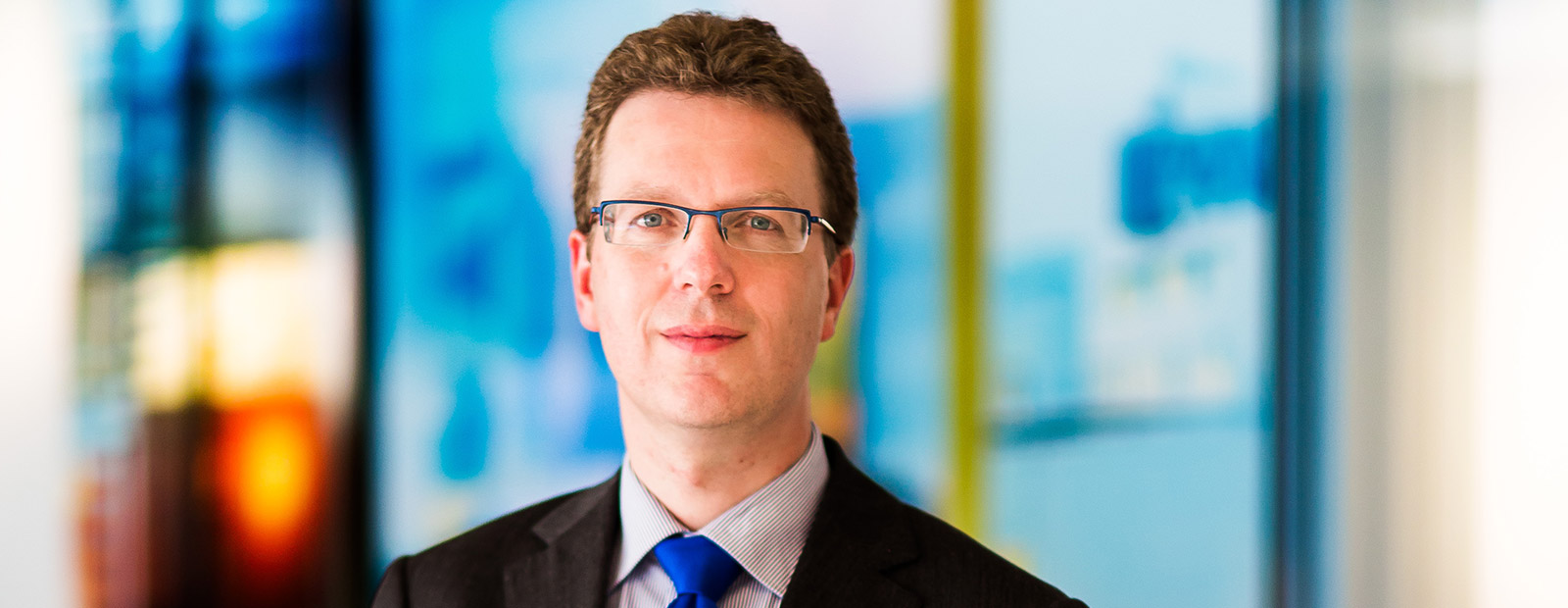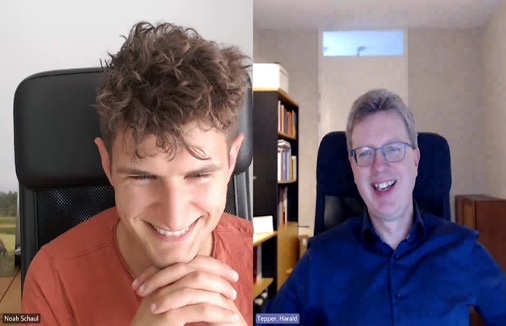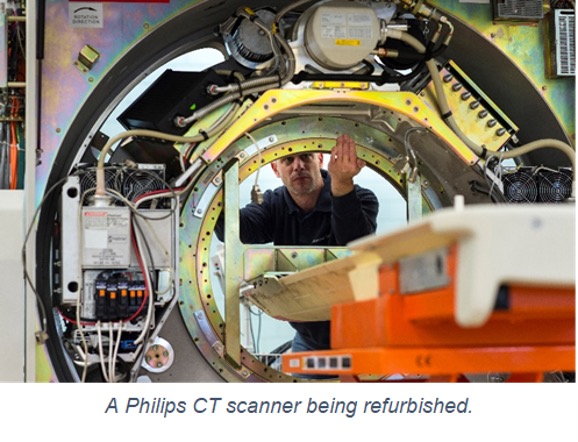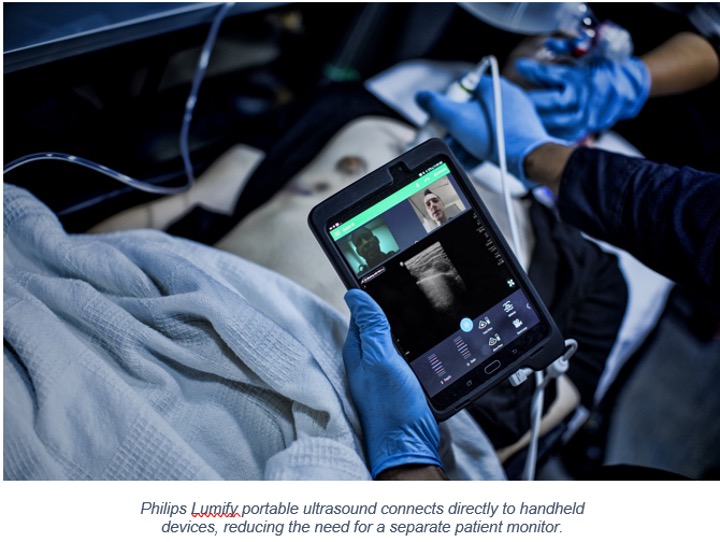
blogs
Embracing Circularity: Philips’ transformative journey
Discover how to create circular value chains with insights from Harald Tepper

Place yourself in your daily life for a moment. Maybe you’re standing in a store, confronted with hundreds of household appliances, each competing for your attention.
Perhaps you’re a product designer, pencil in hand, refining your latest creation. You might be a hospital director, evaluating a potential supplier’s pitch for new medical equipment.
Or you could be outside, your fingers brushing over the rusty frame of an old bike, wondering: should I get this repaired or buy a new one?
Our economy is focused on buying new
Our economy is focused on buying new. Slowly that thinking is changing, shifting to repair and reuse. So what does that mean? And what is the impact – on you, the planet and your company?
Let’s ground our discussion with a clear definition. The European Parliament and the Ellen MacArthur Foundation describe the Circular Economy as a fresh way to think about production and consumption.
Instead of the typical “take, make, dispose” routine, it’s built on three pillars:
- Eliminate waste and pollution
- Keep products and materials circulating at top value
- Nurture and renew nature
Yet, many of us might wonder: How does the Circular Economy fit into our daily lives or a company’s operations?
How does the Circular Economy fit into our daily lives?
During the Global PRO Final week organized by Inchainge, we’re diving deep into the circular economy. This engaging week will feature a series of fireside chats with prominent guest speakers.
In anticipation of our session “Fireside Chat: Embracing Circularity: Value Chains Reinvented,” we caught up with Harald Tepper.
Harald, in his role as the Senior Director of Sustainable Development, leads the Circular Economy Program at Philips. Harald’s impressive journey spans from being the Director of the DNA Investigation Department at the Dutch Forensic Institute to a transformation management consultant at McKinsey & Company.

When it comes to sustainability, Harald’s primary advice is straightforward: “How does this relate to me?” and “What matters most in my situation?”.
Every individual should reflect on their roles, responsibilities, and the actions they can take. But this perspective isn’t limited to the individual; it’s also crucial when understanding the broader context of an entire company. Philips is a shining example of putting this approach into action.
Philips is on a mission: to make our world healthier and more sustainable through innovation. But early in their journey, they recognized there isn’t a one-size-fits-all roadmap to circularity. As Harald put it, “Every company plays a unique role in the supply chain.
For Philips, the Circular Economy has a totally different meaning than it does for a recycler or a hospital.
Every company plays a unique role in the supply chain
Philips has set its sights high for 2025. They aim to:
- Generate 25% of their revenue from products, services, and solutions that contribute to circularity.
- Close the loop on professional medical equipment, by offering a trade-in and taking responsible care of equipment that is sent back.
- Maintain zero waste to landfill and further enhance circular practices at their manufacturing sites.

As Philips moves closer to their goals, Harald provides a sneak peek, showing the inner workings of their shift to circularity. He shared, “Everyone in a business as complex as Philips has to play its part.”
“It’s not just about having a single story”
“It’s not just about having a single story,” Harald emphasized. “It’s diving in, understanding the Circular Economy’s implications for a designer, a marketeer, or its meaning in China compared to the US. This is a journey. You’ve got to pinpoint the main teams spearheading the transition, engage with them, and then dive deeper.
It begins with the story but evolves into training, collaboration, and addressing the tech challenges together.” All underpinned by Circular Economy targets and buy in at management level to ensure attention and urgency to drive Circular Economy and deliver progress.
Philips isn’t just talking the talk; they’re walking the walk. They’re embedding a unique take on the Circular Economy across their entire value chain, evident in recent developments.
Particularly in their design department, it’s eye-opening to see their designers and architects dive head-first into specialized training on circular design strategies. This way, they ensure together that every new piece of equipment will meet the relevant circular standards.
“Designing for a Circular Economy is like solving a puzzle that keeps changing.”

“Designing for a Circular Economy is like solving a puzzle that keeps changing. You’re always asking, ‘How do we design this right? What compromises do we make?’ But believe it or not, this is just a sliver of the bigger picture as Philips transforms its entire value chain toward circularity.
Curious about Philips’ strategy and best practices? Dive in with Harald, leveraging his vast expertise and firsthand insights into the Circular Economy.
Access the Fireside Chat recording now!: Embracing Circularity: Value Chains Reinvented. Watch now to unlock new perspectives on Circularity.
